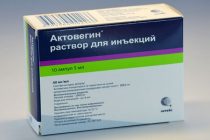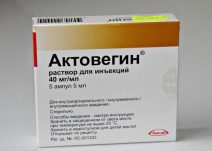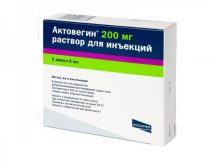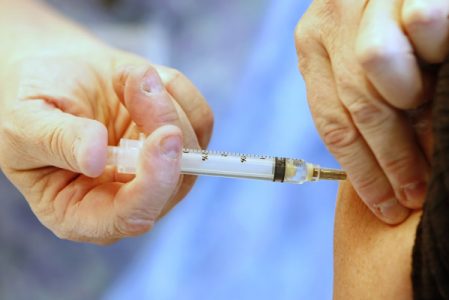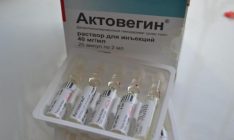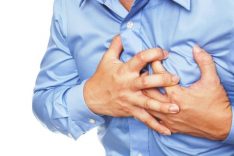Injections "Actovegin" belong to the category of drugs of unproven effectiveness. They have been produced since 1996 and mainly (up to 70%) are distributed in Russia, as well as in some CIS countries. A pharmaceutical is prescribed for the relief of symptoms of oxygen starvation.
Material Content:
- 1 Composition, release form and packaging
- 2 Pharmacological properties and pharmacokinetics
- 3 Why is Actovegin prescribed in injections for adults and children
- 4 Instructions for use of the drug
- 5 Actovegin in injections during pregnancy and lactation
- 6 Can I drink alcohol while taking the drug
- 7 Drug Interactions with Other Drugs
- 8 Contraindications, side effects and overdose
- 9 Actovegin's analogs in injections
Composition, release form and packaging
Actovegin is a concentrate of many active compounds obtained by complex filtration of blood and tissues of young cattle. Protein residues are removed from the substance, only compounds no larger than 5000 daltons with the ability to trap and transfer oxygen remain.

The product is packaged in ampoules. Content appears to be a yellowish clear solution. In a milliliter of substance contains 40 mg of active substance. The remaining volume is purified water for injection.
Ampoules contain free sodium and chlorine ions, despite the fact that their compounds are not added artificially. They get there naturally in the processing of blood products.
Three types of ampoules are available, with a capacity of 2, 5 and 10 ml. All of them are made of transparent colorless glass. In the upper part there is a break point, by which it is easy to determine the place of least wall resistance.
Ampoules fit into transparent blisters.Packed in boxes. A description is embedded inside each package, and a protective hologram with a tamper-evident strip is glued on the outside.
Pharmacological properties and pharmacokinetics
The drug as an antihypoxant reduces the severity of symptoms of oxygen starvation. It activates the process of glucose uptake by cells and its further utilization. Returns turgor to cell membranes in tissues affected by hypoxia. It decomposes products formed as a result of ischemia (disturbances in the blood supply to organs and tissues).
Effective within half an hour after administration. The maximum effect is observed for three hours. At this time, the concentration of energy nucleotides, such as ATP and ADP, involved in the process of cellular respiration increases in the body.
According to the manufacturer, the product has some insulin-like activity. It speeds up the transport and utilization of glucose. This property is manifested in the treatment of patients with diabetes. Patients with impaired peripheral nerves experience an improvement in sensitivity in the limbs, a reduction in numbness and pain in the legs. Their mental state while taking the drug in general is improving.
It is impossible to establish exactly the mechanism of action of the drug, its speed of distribution over tissues, methods and time of movement, since it consists of the same components that are naturally present in the human body.
Disposal mechanisms also remain undiscovered. It is only known that in people with impaired liver, kidney or gall bladder, the drug does not show a decrease in activity. The dynamics of positive changes remains the same, despite the physiological characteristics of the patient associated with age (for example, in the elderly or newborns).
According to the legislation of our country, the drug can be registered without conducting clinical studies.
Using this norm, manufacturers refuse to organize large-scale companies by which it would be possible to prove the clinical usefulness or futility of this drug. When prescribing this remedy, doctors are based either on personal experience or on the results of some private studies.
In most developed countries of the world, the USA, Canada, Japan, Australia, Western European countries, this tool is prohibited not only for use, but also for import into the country.
Why is Actovegin prescribed in injections for adults and children
Indications include cerebrovascular accident associated with injuries or the transmission of diseases such as stroke. Disturbances can be caused by improper metabolism or organic tissue damage. The effect of the drug extends to the peripheral vessels.
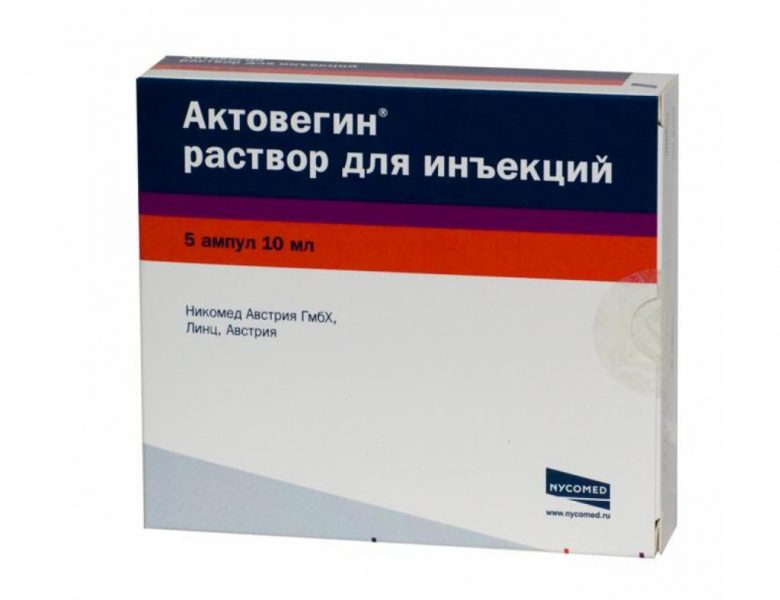
- Therapy helps to reduce the severity of symptoms of diabetic polyneuropathy (a set of psychophysical symptoms associated with impaired sensation in the limbs, the occurrence of unpleasant sensations: tingling, numbness, burning, etc.)
- There are examples of using injections to accelerate tissue regeneration, healing wounds, burns, scarring ulcers, bedsores.
- The drug is prescribed after radiation therapy to neutralize its effects.
- There is some experience using the drug in gynecology. It is prescribed to preserve pregnancy, treat vascular placental pathologies, prevent fetal hypoxia, and accelerate tissue maturation.
Instructions for use of the drug
They inject “Actovegin” intravenously, intramuscularly and intraarterially. The tool is also administered in the form of infusions (infusions through a dropper).
- Before preparing for the injection, you need to shake the ampoule so that all the liquid flows from the tip down.
- Take the bottle with both hands. Press with your finger on the point of least resistance and break off the glass tip.
- Next, following the instructions, prepare a tool for injection into a muscle or vessel, or enter the contents of the ampoule into the infusion solution. As the latter, 0.9% sodium chloride or 5% dextrose solution is often used.
For children
The risk of use in infants is associated with the likelihood of an allergic reaction in the highest degree of its manifestation - anaphylactic shock. However, the practice of using the drug confirms its effectiveness in the treatment of newborns who have suffered a birth injury or received other neurological pathologies during childbirth and pregnancy.
The dose for the younger group of patients is calculated from the ratio of 0.4 ml per kg of weight. The norm is slowly set at a time. No more than one injection is made per day. It is injected into a vein or muscle.
For adults
Adult treatment regimens are more diverse. The choice of treatment tactics depends on the condition of the patient, the nature of the pathology and the severity of the disease.
The general treatment regimen is as follows: at the initial stage, 10 - 20 ml of the drug is administered. Then the dose is reduced to five ml. The procedure is carried out once a day or once every few days.
- With systemic disorders of cerebral circulation, an injection with 10 ml of the drug is initially given. The procedure is repeated every day for two weeks. Switching to maintenance therapy, the norm is reduced by half. The frequency of injections is reduced to several times a week. The second part of the treatment lasts for a month.
- With hemorrhages and pathological disturbance of cerebral circulation, up to 50 ml of the substance is immediately administered. After, as maintenance therapy, they put exactly the same dose every few days for two weeks.
- When treating skin lesions, pressure sores, ulcers and burns, “Actovegin” is administered intramuscularly in a single dose of 10 ml. Then the procedure is repeated several more times with a frequency of two to three days. To enhance the effect, an ointment with the same active ingredient is used externally.
Actovegin in injections during pregnancy and lactation
This drug is used in pregnant women to activate placental blood flow, improve fetal nutrition, and eliminate oxygen starvation. The drug is prescribed after correlation of risk and benefit. In the course of practice, cases of negative influence of active substances on the development of the fetus were not noted. Doctors believe that the tool is safe for future mothers and children. However, there is no exact scientific evidence for this.
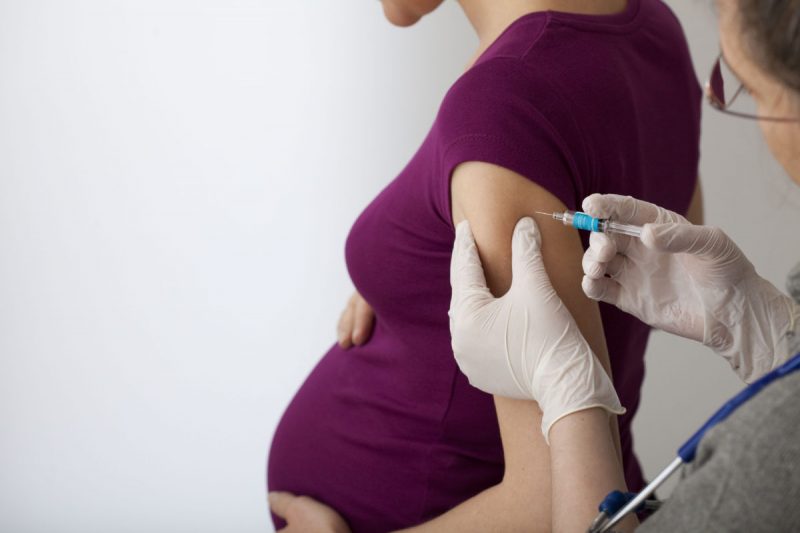
The instruction does not require termination of breastfeeding during the treatment period.
Can I drink alcohol while taking the drug
There is no evidence of compatibility with alcohol. However, it should be remembered that alcohol-containing drinks reduce the effectiveness of almost any treatment.
Drug Interactions with Other Drugs
Nothing is known about drug interactions, which does not exclude conflict with other drugs. In any case, a drop of Actovegin is administered only separately from other drugs.
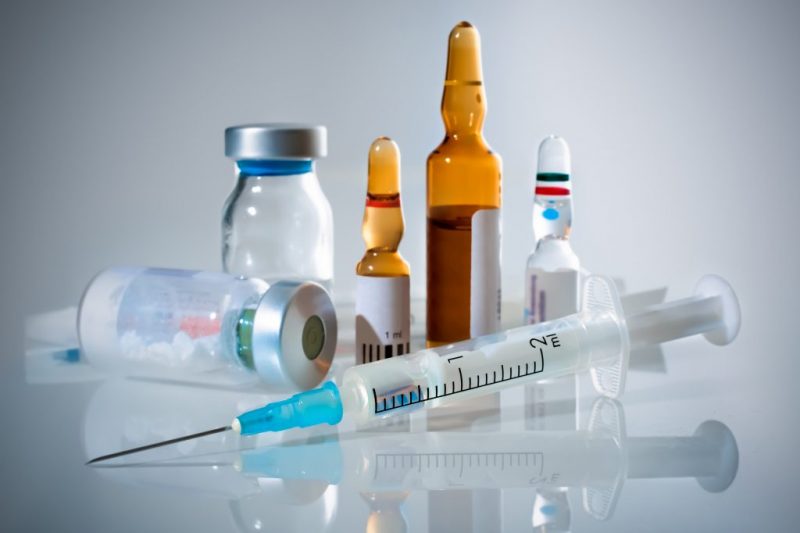
Contraindications, side effects and overdose
Having figured out why the Actovegin injections are prescribed, it is worthwhile to find out whether such therapy is compatible with existing contraindications.
- A contraindication is a predisposition to fluid retention in the body. During treatment, you need to maintain the frequency of urination at a normal level.
- People with heart failure run the risk of experiencing consequences from serious adverse reactions.
- Droppers are canceled for pulmonary edema and allergies.
In the case of side effects, the patient has fever, shortness of breath, high blood pressure, redness of the skin, hyperemia of the face. Weakness or agitation, headaches, lack of air, lumps in the throat, or dizziness may be felt. The condition can lead to loss of consciousness.
Rarely, sensations spread to the musculoskeletal system. The patient complains of aches in the bones, lower back and pain in the movable joints.
Overdose symptoms resemble poisoning.In this case, only symptomatic therapy is suitable.
Actovegin's analogs in injections
The analogue for the active substance is only one drug - Solcoseryl. The regimens for both drugs are identical.
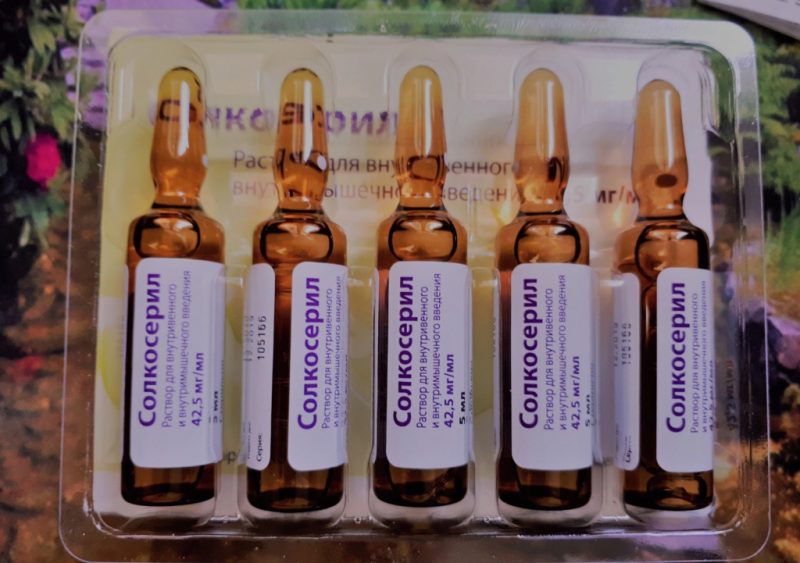
The advantage of Solcoseryl is only in the absence of a preservative (sodium chloride), which in turn does not affect the shelf life of the drug. Ampoules with both the one and the other are stored for five years.
The choice in favor of this or that drug is made by the doctor based on his own observations.
Despite the fact that "Actovegin" refers to funds with unproven effectiveness, it is successfully used in neurological, cardiological, dermatological and gynecological practice. It is necessary to solve the question of the advisability of choosing one or another remedy with a doctor.



